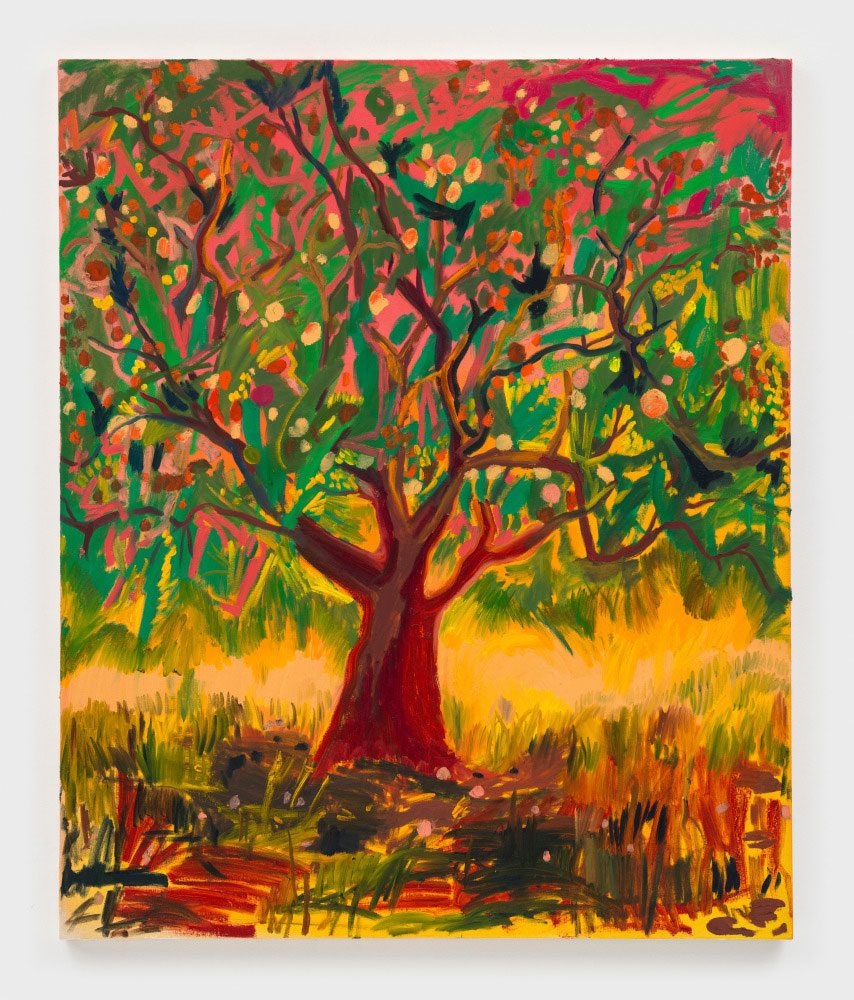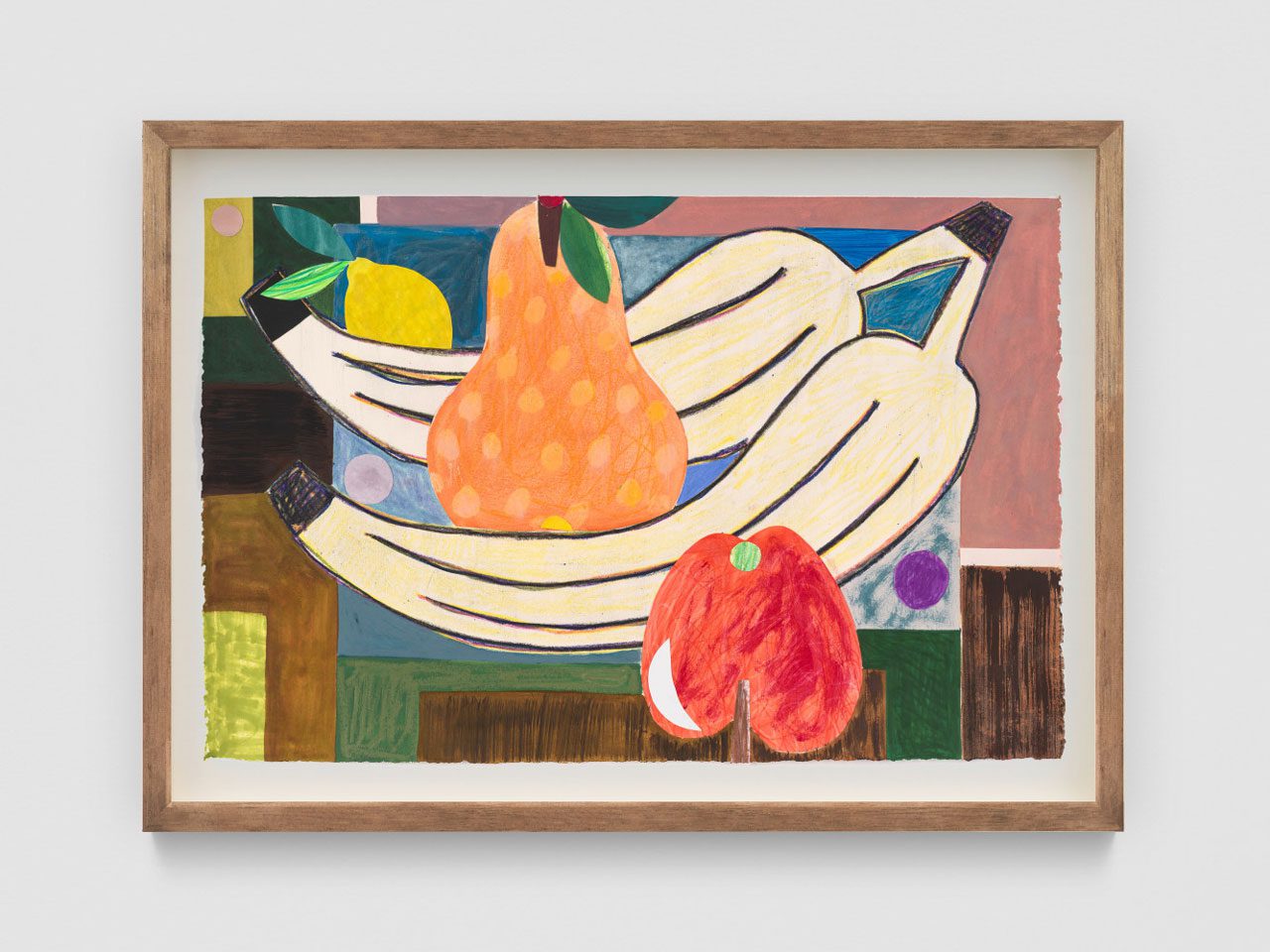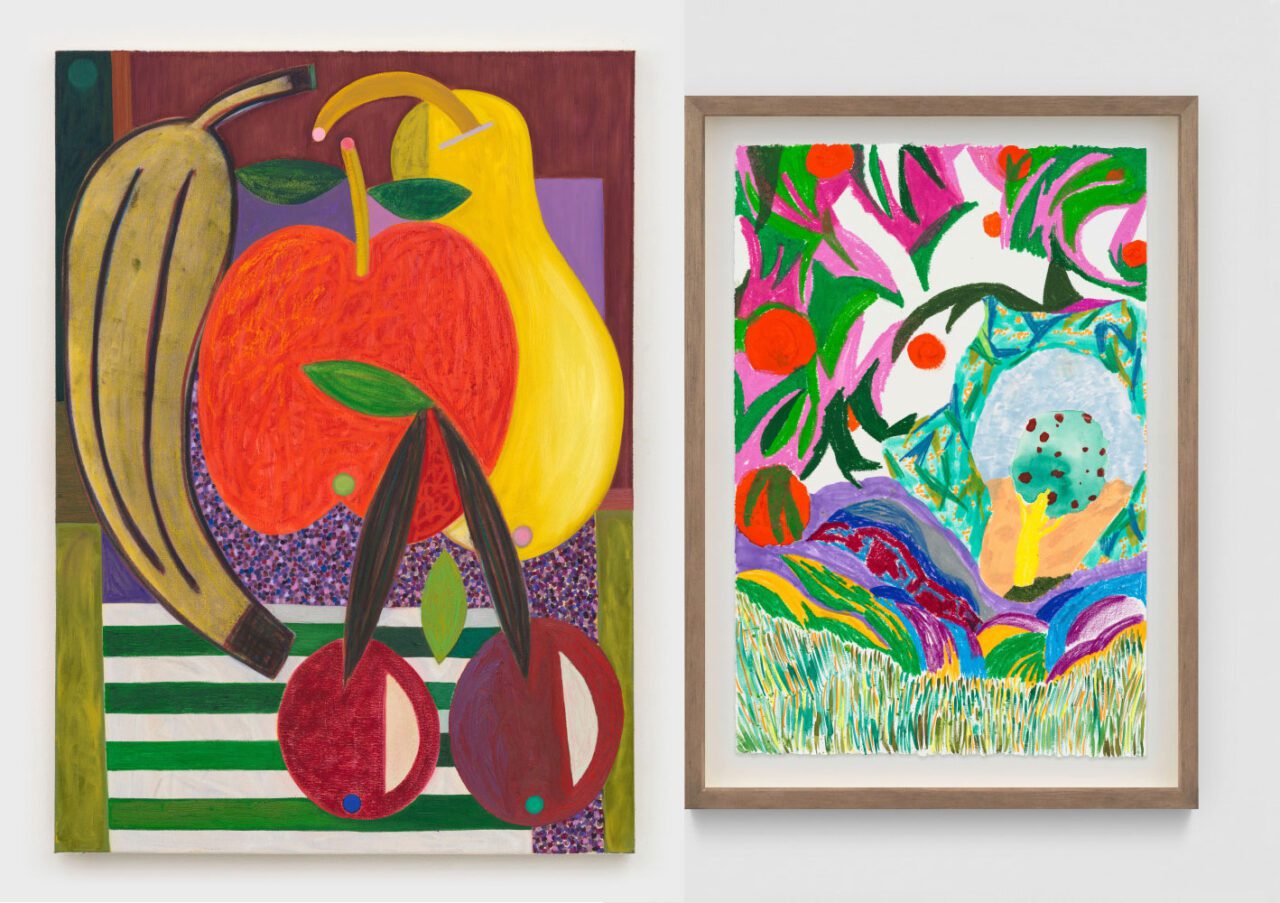ART CITIES: Seoul-Shara Hughes & Austin Eddy
Shara Hughes refers to her paintings and drawings as psychological or invented landscapes, a term that derives from her working process and describes the way her paintings are created only in the very moment of painting. Since 2018, the painter and sculptor Austin Eddy has been reevaluating the dwindling conversations of modern painting in a world juxtaposed somewhere between abstraction and reality.
By Efi Michalarou
Photo: Galerie Eva Presenhuber Archive

Shara Hughes and Austin Eddy, who met in 2012 and married in 2023, embody a creative partnership that extends beyond their personal lives into their artistic practices. As painters, they engage with the world through an inward lens, transforming external reality into a landscape shaped by their imagination. In their hands, painting becomes not merely a medium but a means of conjuring parallel worlds—intimate, surreal, and transcendent. For both artists, the act of painting is an act of creation ex nihilo. Standing before a blank canvas, they allow intuition and emotion to guide them, forging a vision that fuses the visible with the imaginary. There is no intermediary—no camera, no machine—between the artist and their imagination. With only the brush, they channel internal states directly onto the surface. In this way, painters enjoy a freedom that other visual artists, like photographers, might envy: the liberty to invent a world from scratch, to reshape what is seen through the filter of what is felt. Their joint exhibition “Painting as Personal Mythology” is not a gesture of comparison but a celebration of affinity. Despite the distinctiveness of their styles, there is a shared sensibility—a dialogue between their inner landscapes. “It just made sense,” says Eddy, “not only to show our work together, but to do it in a way that reflects the evolution of a process—both artistic and relational. This exhibition is a tribute to where we’ve been and a gesture toward where we’re going.” Hughes echoes this sentiment: “For us, it’s about exploring relationships—between ourselves and each other, between personal experience and political reality. Whether I’m painting a tree or Austin is painting a bird, we’re working through the same questions.” Hughes’s paintings are rooted in nature, but filtered through a vivid, abstract imagination. Her landscapes are emotional rather than literal—charged with energy, color, and ambiguity. In “Just Peachy” (2024), a tree ostensibly serves as the subject, but its form is unraveled into a red-and-green web of lines that hover between foliage and grass, figuration and abstraction. “Choosing a peach tree,” she explains, “has something to do with my background—I’m from Georgia, the Peach State. But it’s also about whether that memory is foregrounded or abstracted away.” The result is a work that pulses with growth and vitality, transcending a straightforward depiction of nature. In “Fruit Trees” (2025), Hughes pushes her abstraction even further, deliberately unsettling our ability to identify the forms we think we recognize. Are the red orbs fruits? Stars? Symbols? The answer remains open. The simplification of forms and the blending of patterns, textures, and colors invites the viewer into a space of poetic ambiguity. Her use of color is expressive rather than descriptive, capturing the emotional response to the natural world rather than its factual likeness. “I always set out to paint something simple,” Hughes reflects, “but I can’t help myself—it becomes this organized chaos. It feels like me.” Her compositions are lush, teeming with forms and gestures, creating a sense of visual fullness that mirrors her internal landscape. Eddy, by contrast, approaches abstraction through clarity and composition. He, too, internalizes the natural world, but with a focus on structure and form. “I’m not interested in depicting what’s in front of me,” he says. “I’m thinking about painting itself—about color, balance, and how a form occupies space.” His work often centers around symbolic still lifes, using simplified shapes to allude to complex emotional states. In “Vulnerable (2025), a halved apple—its red edge framing a white core, with green leaves” and black seeds—is rendered against a geometrically divided background. The form is recognizable, but the space around it slips into abstraction. “The apple is me,” Eddy confesses. “It’s a stand-in for my vulnerability. Once it becomes an object, that emotion becomes a little more bearable, a little more distant.” This layering of personal narrative with symbolic imagery is central to his practice. “All Great and Precious Things” further demonstrates this metaphorical approach. In this still life, a banana, apple, and pear seem to communicate with one another, their placement hinting at human dynamics. The backdrop of monochrome and patterned fields adds another layer of abstraction, transforming the scene into something simultaneously intimate and universal. For Eddy, as for Hughes, figuration is not a destination but a point of departure. At the heart of both artists’ work is the desire to strip identity of its conventional markers. Trees, fruits, birds—these are not simply subjects, but avatars. They stand in for the human figure while eluding gender, nationality, or age. Their paintings refuse fixed identities, instead offering open-ended metaphors through which viewers might see themselves. Ultimately, Hughes and Eddy share a belief in painting’s power to connect—to the self, to each other, and to the chaos of the world. Their art invites us to enter that space with them: ambiguous, emotional, and richly alive.
Photo: Austin Eddy, Vulnerable. 2025, Watercolor, Gouache, colored pencil, oil pastel, cut paper on paper, Sheet 38 x 56 cm / 15 x 22 in, © Austin Eddy, Courtesy the artist and Galerie Eva Presenhuber
Info: Galerie Eva Presenhuber x P21, 74 Hoenamu-Ro, Yongsan-Gu, Seoul, South Korea, Duration: 12/4-17/5/2025, Days & Hours: Tue-Fri 11:00-18:000, Sat 12:00-18:00, www.presenhuber.com/


Right: Shara Hughes, Fruit Trees, 2025, Mixed media on paper, 56 x 38 cm / 22 x 15 in, © Shara Hughes, Courtesy the artist and Galerie Eva Presenhuber

